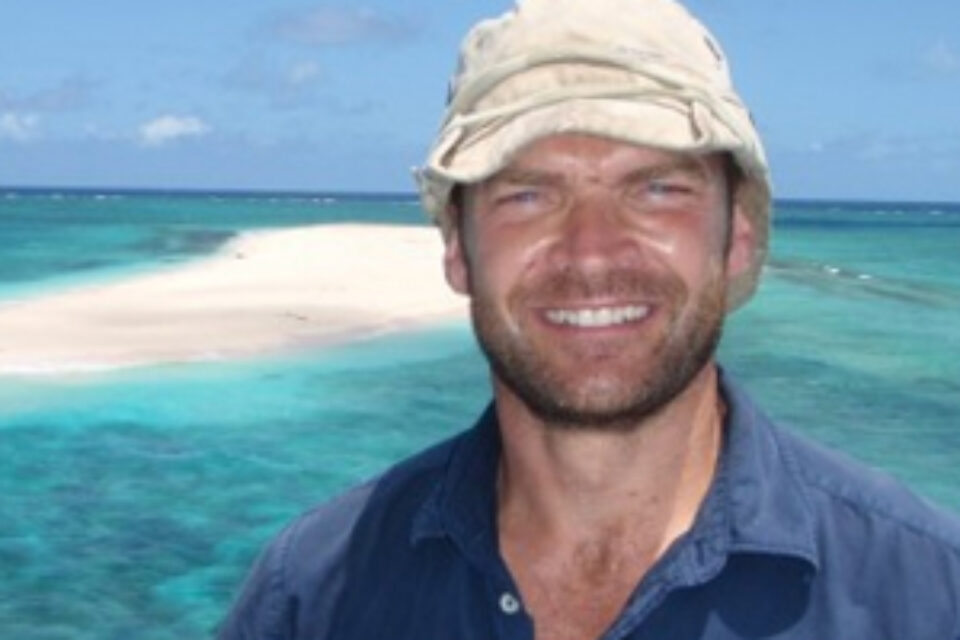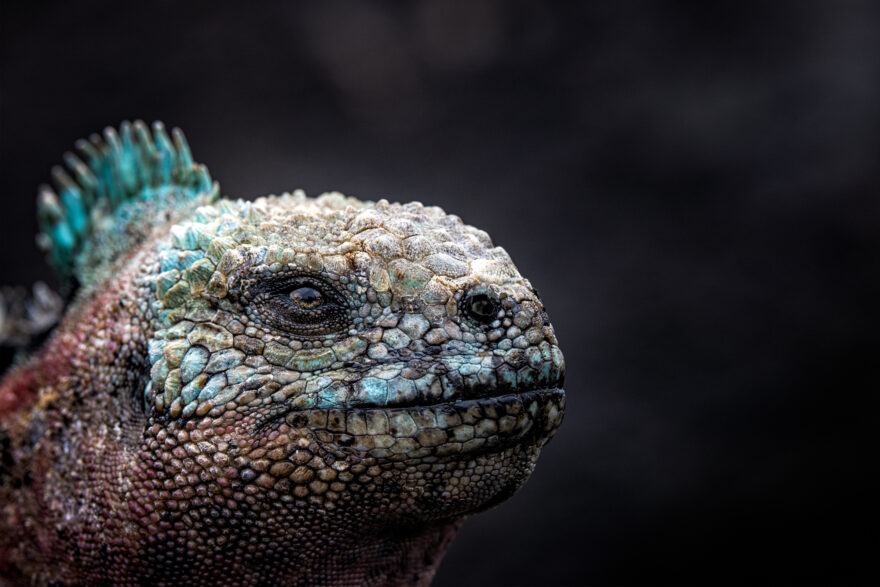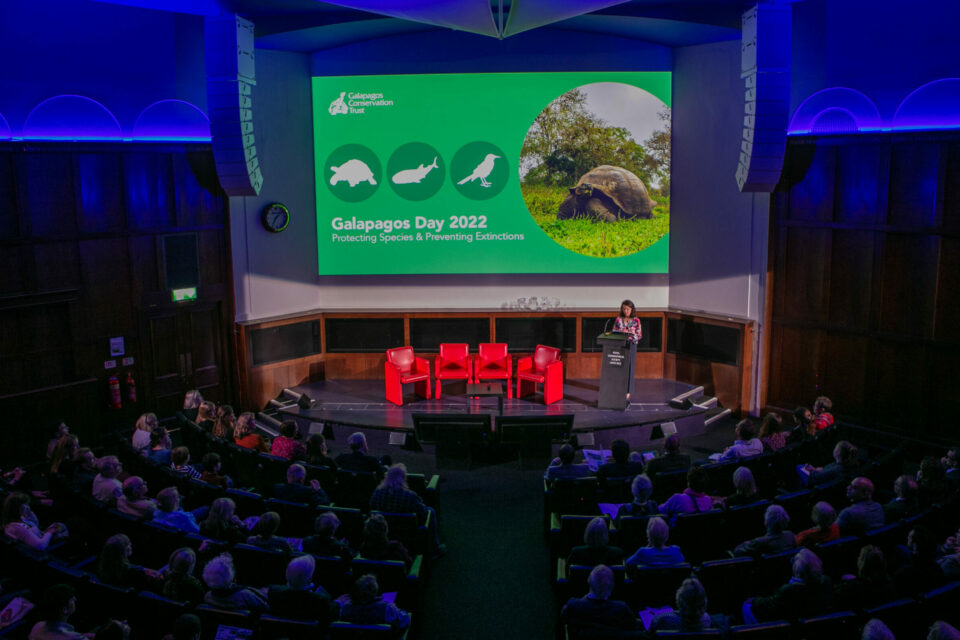

‘My Family and the Galapagos’: An interview with Tam Halls
We caught up with Tam Halls to find out more about her experiences of living in Galapagos.
GCT President Monty Halls spent three months in 2017 living on the Galapagos Islands with his wife Tam and their daughters Isla, five, and Molly, three, to film Channel 4’s ‘My Family and the Galapagos.’ They experienced, firsthand, both the wonders and the challenges in Monty’s favourite place on Earth.
We caught up with Tam to ask about her experience of living in the Enchanted Isles.
What was your highlight while living on the Islands?
Watching the girls immerse themselves in the unique and beautiful wildlife of each island we visited. The girls playing alongside a sea lion pup in a lagoon pool at sunset on Isabela will always stick in my mind. Isabela, in general, was a huge highlight. It is a wonderful, quiet island yet bustling with flamingos, sea lions, pelicans and so much more, including the vast Sierra Negra volcano which we hiked up.
And your biggest challenge?
This was catering for the girls, not only in terms of foreign food (!) but in terms of making sure they were safe, happy and entertained. With no regular schooling we had to make sure the girls kept up with their peers at school/pre-school and that whilst we weren’t filming that we had a good time as a family. Of course, there is no finer place on Earth to have an education … we covered South American culture, history, the Spanish language, geology, zoology, biology, botany, science and documentary making. With the latter, our hardest challenge was to persuade Molly to wear her radio mic whilst filming!
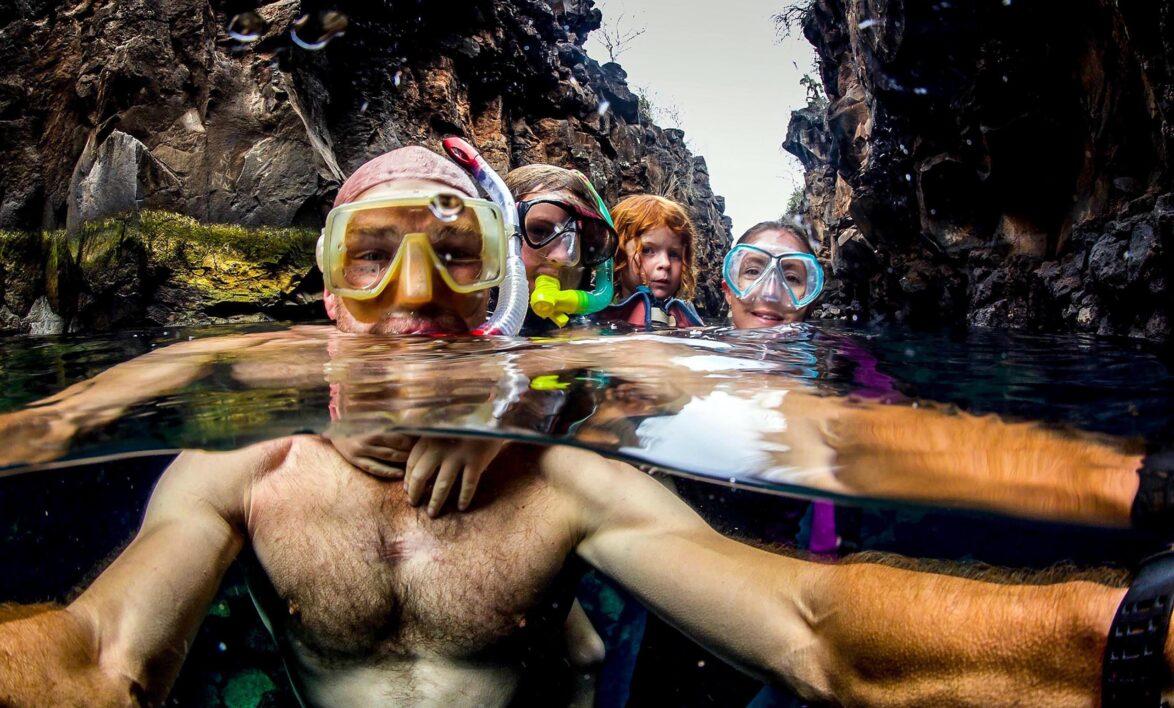
The girls playing alongside a sea lion pup in a lagoon pool at sunset on Isabela will always stick in my mind.
Was there anything you found particularly surprising while you were there?
The amount of people living on Santa Cruz, in particular, took me by surprise. The town is bigger than our hometown in the Devon which I certainly wasn’t expecting. I had an inkling that the wildlife would be very friendly but it never failed to amaze me how unperturbed the animals are by humans; they really do live side by side with us. This was really wonderful to see.
What did the girls enjoy most about their time there?
Definitely the wildlife – most days Isla still says she misses Galapagos and most of all she misses the animals. They also loved the beaches and the sea – being able to splash about with marine iguanas and watch juvenile sharks in the shallows was a huge highlight for them.
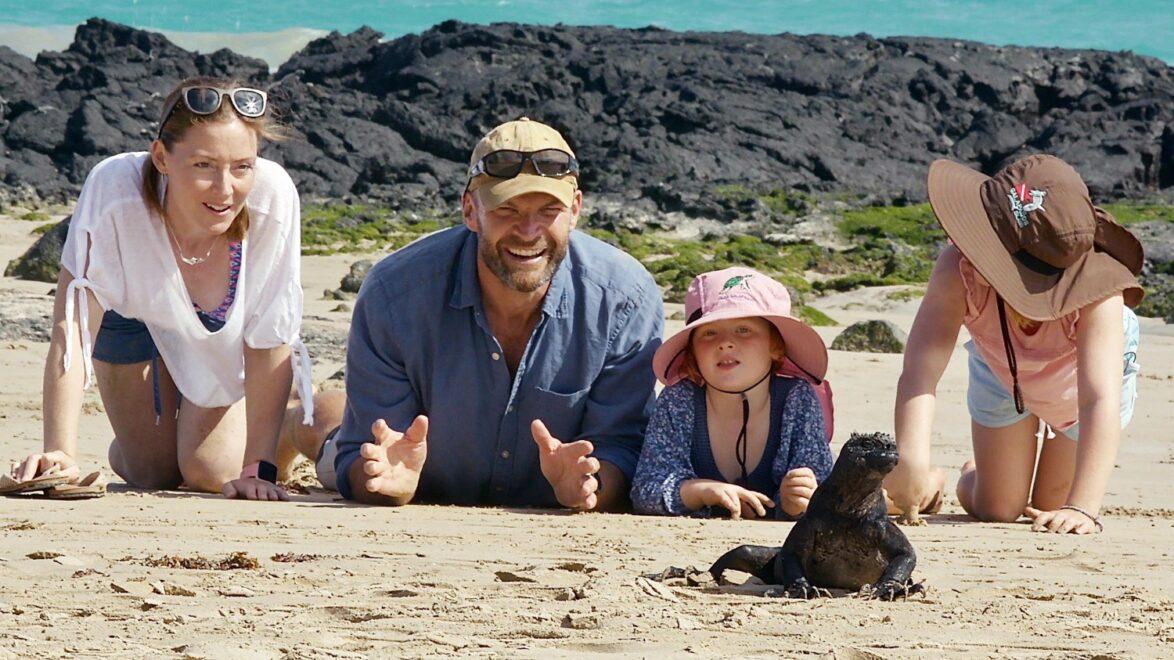
You tried to reduce your plastic use in Galapagos – what tips do you have for anyone who is visiting?
This is a huge problem faced by everyone in every country around the world. Whilst we were filming in San Cristobal I was fortunate enough to join a research vessel with JP Muñoz who took me to look at plastic pollution around the coastline. I was dismayed to see a massive amount of waste of all types on the beaches we visited. Parts of cars, fishing equipment, plastic bottles, toothbrushes, toys, plastic containers, cups, everything and anything!
JP showed me a shocking amount of plastic waste in the sea and on land. Thousands of pieces of plastic litter were tangled into the mangroves on San Cristobal. He, along with his colleagues, is working tirelessly to try and prevent plastic ending up in our oceans. They’re researching what is being dumped into the sea and by whom. JP in particular was heartened to know that his work and their messages of awareness and education were being taken seriously and filmed so the whole world can see the disaster that is happening right now.
It spurred me on to really try and be plastic clever, and be mindful of what I was buying and how we were consuming things. The best thing travellers can do is firstly say no to buying plastic bottles and carry reusable bags for souvenirs. If you’re visiting, you should consider making sure you buy eco-conscious brands of shampoos, shower gels and conditioners so you know that what you are washing down the sink is not damaging the delicate ecosystems of Galapagos.
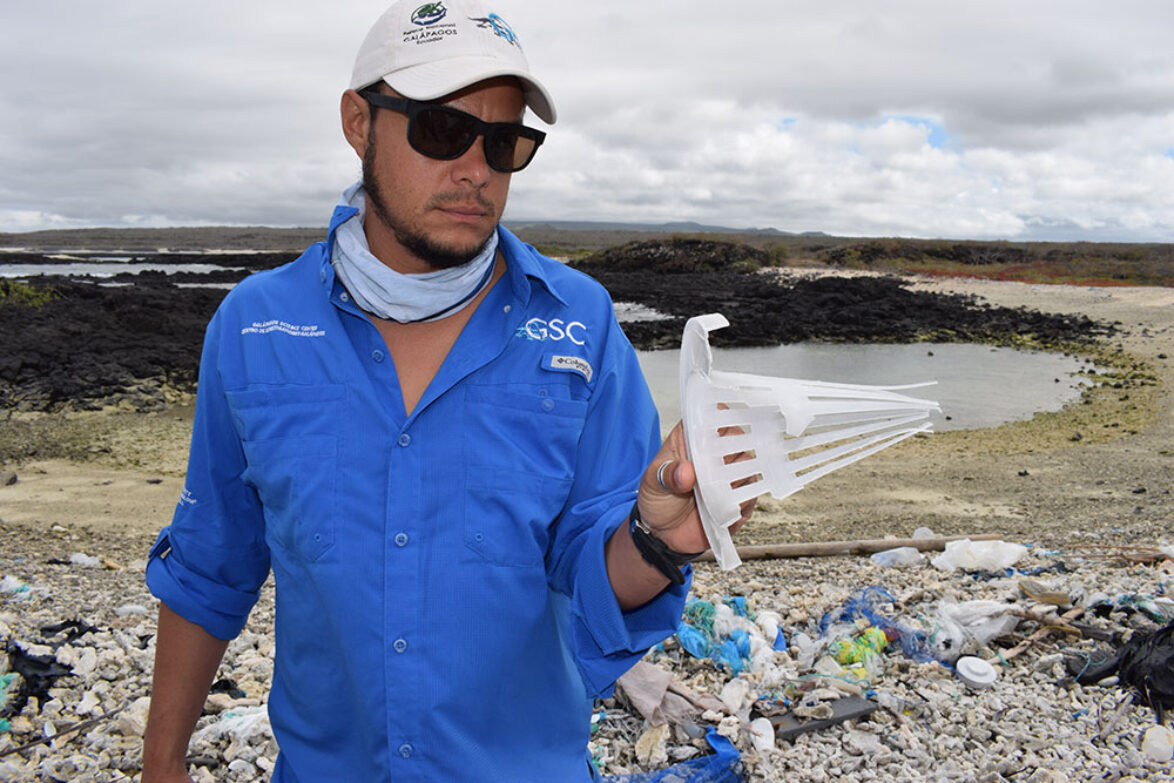
Why do you think it is important to conserve Galapagos?
It was fantastic to see many young people come out in force during a beach clean-up which we participated in. It is the young people of the Islands that can do the most in terms of preserving and protecting such a significant place in the world. It is up to the rest of us, however, to ensure that Galapagos with all its unique wildlife, history and geology is conserved so future generations can learn from and enjoy its totally unrivalled variety of life.
No place on Earth is there anywhere quite like Galapagos.
If you had to give us one take-home message, what would it be?
Each of us has a responsibility to appreciate, to respect and to protect our planet, whether we live in Galapagos or in Devon. Every ecosystem, every habitat, every living being on Earth deserves to be here.
The best thing travellers can do is firstly say no to buying plastic bottles and carry reusable bags for souvenirs.
Related articles

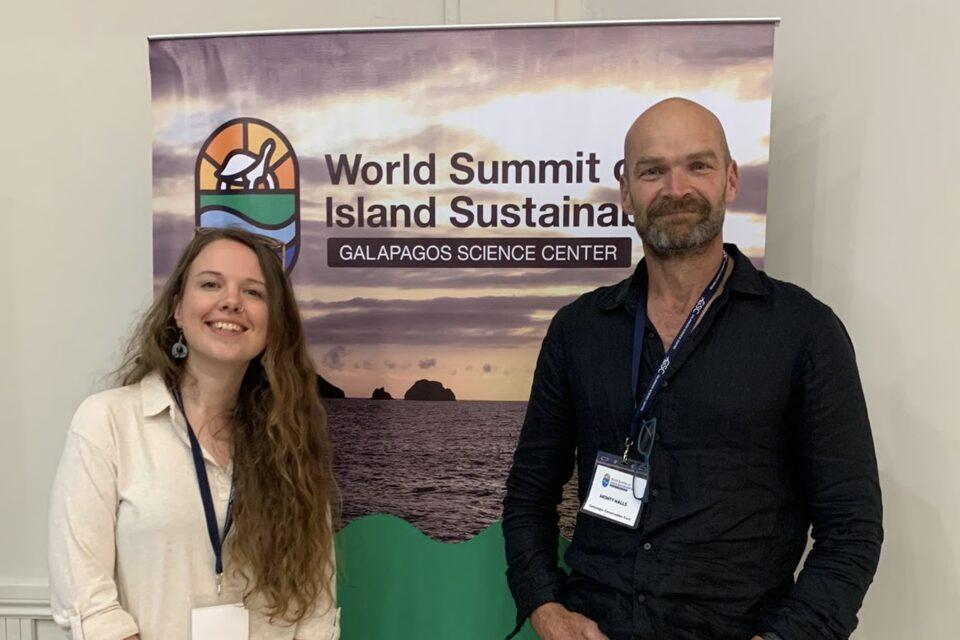
World Summit on Island Sustainability 2022
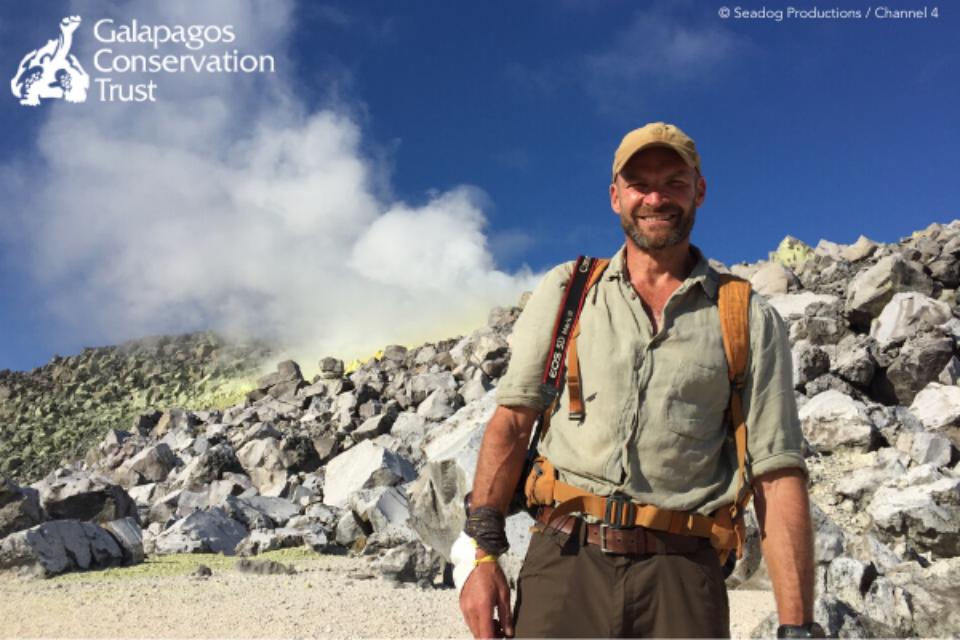
GCT’s President Monty Halls returns to Galapagos with his family for series two of My Family & The Galapagos
